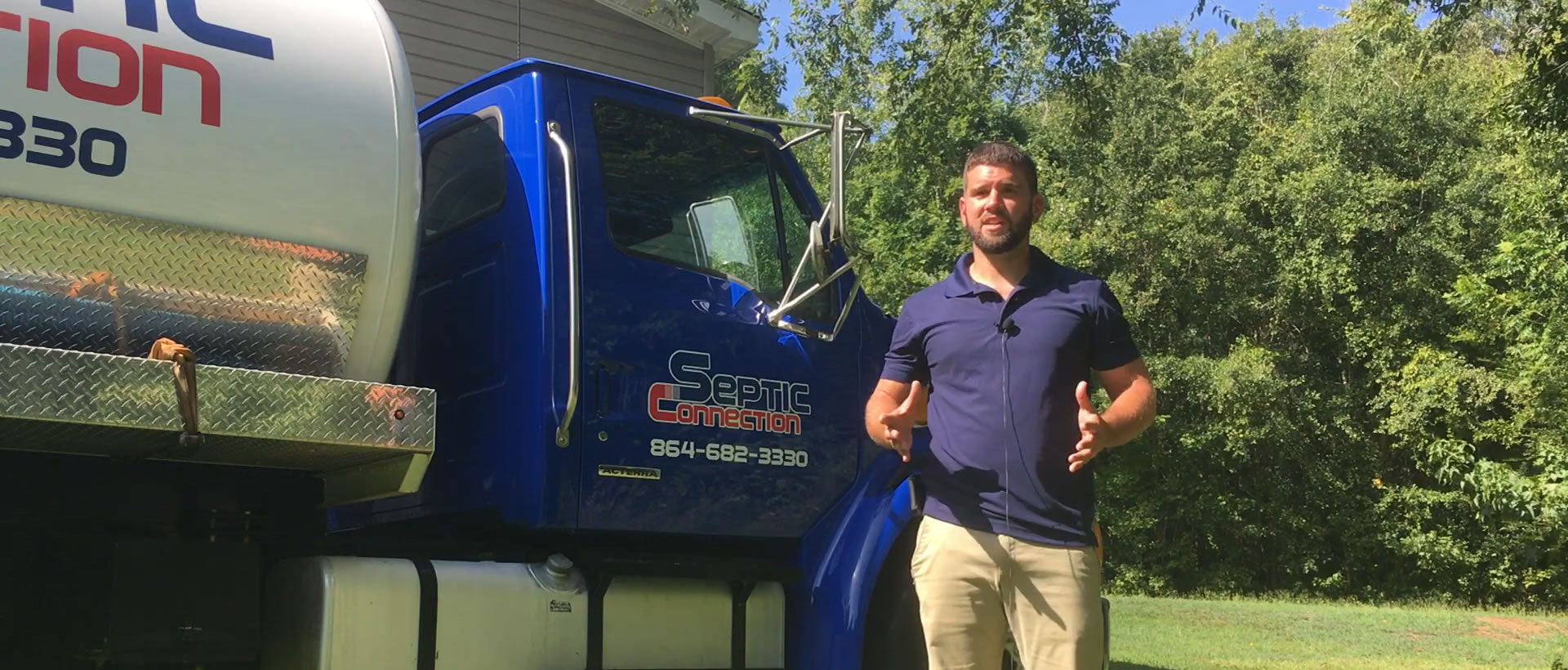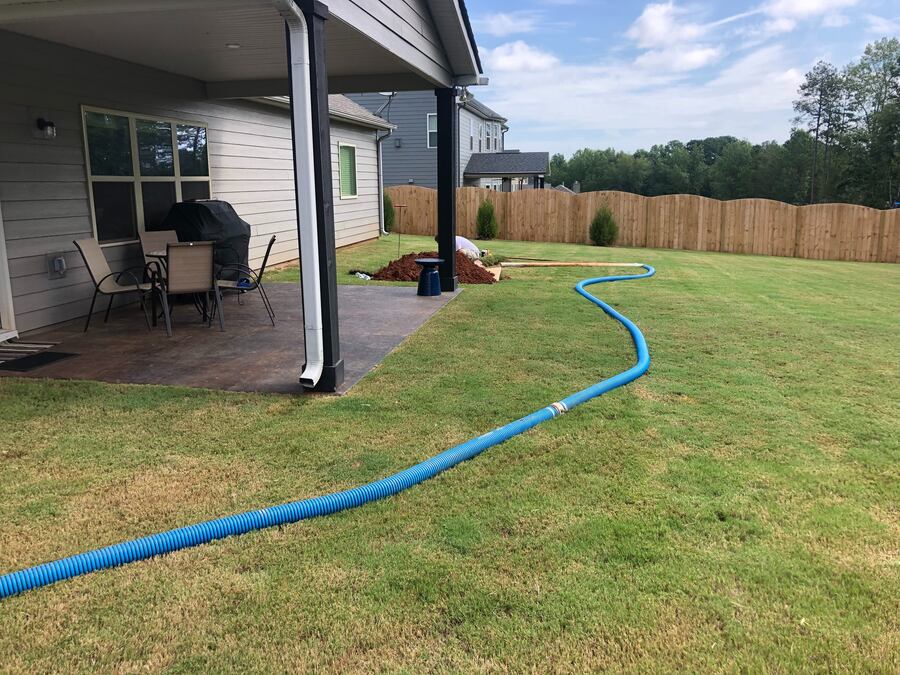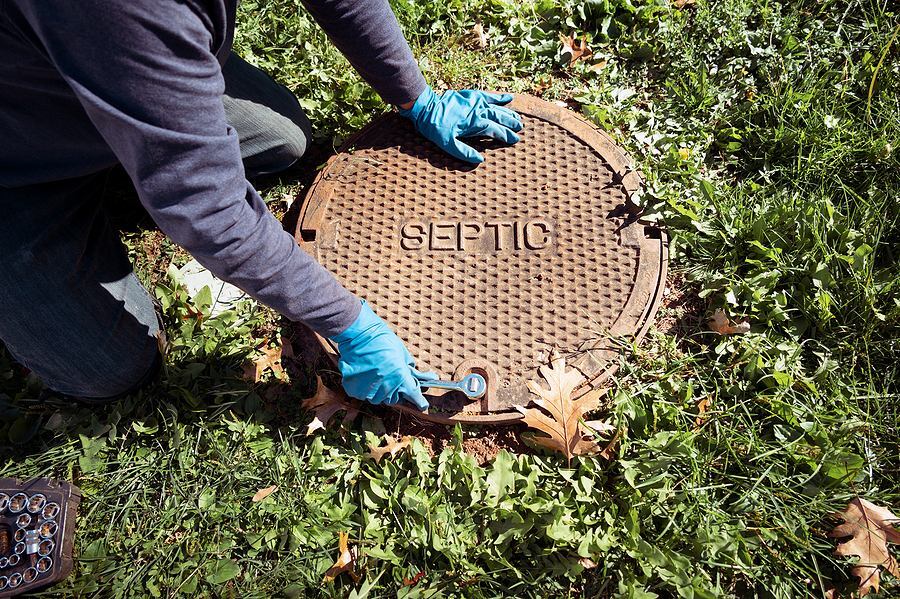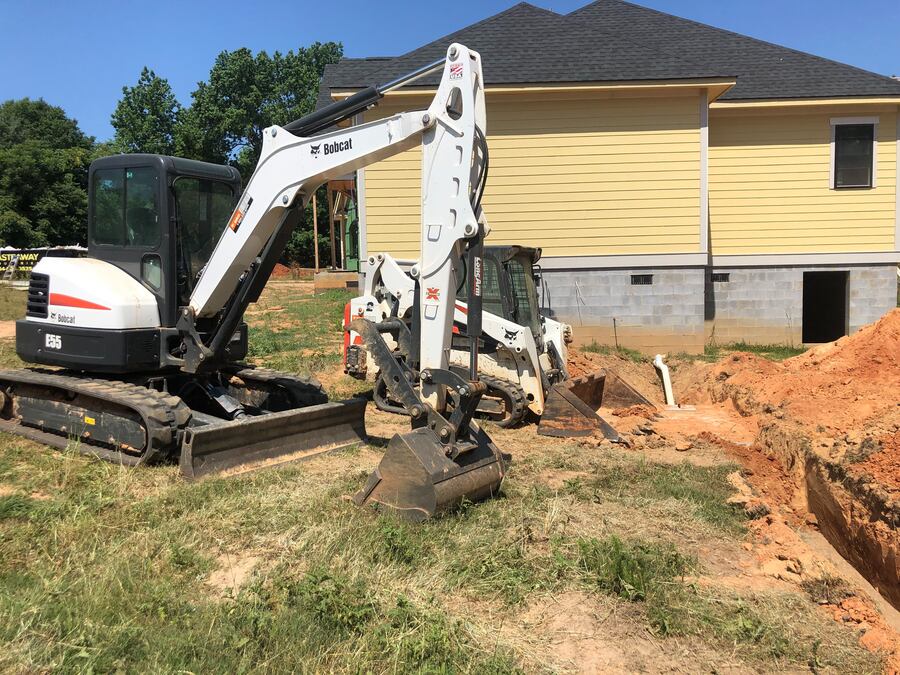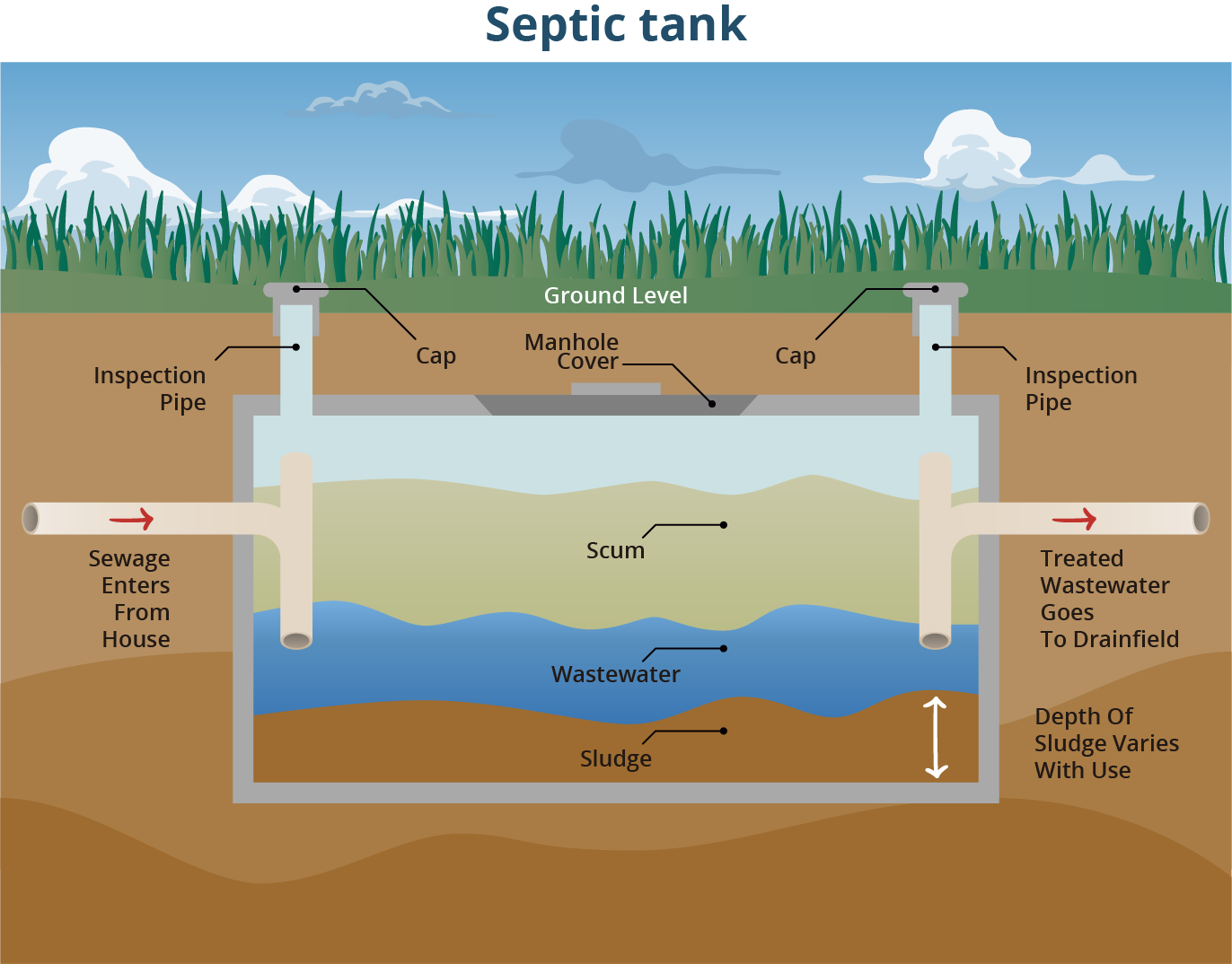
What Are the Different Stages of Wastewater Treatment?
Properties in the suburbs or city outskirts usually have an onsite wastewater treatment system for safe and effective waste management. As a homeowner, understanding the sewage treatment stages is crucial after a successful septic tank installation to avoid nasty surprises. With that in mind, hiring a trusted septic company in Fountain Inn, SC like Septic Connection for routine maintenance is vital to accessing pertinent information on how your system works.
Sewage Treatment Stages
Whether you are moving into a new home or considering a septic tank installation, familiarizing yourself with the treatment process is vital. Let’s delve into the stages of wastewater treatment to help you maintain an efficient and reliable system.
The Primary Stage
Sewage from your home, grey and black water, collects in the septic tank for primary sedimentation. This stage entails holding waste until all the solids sink to the bottom and the lighter waste like grease floats to the top. Once the process is complete, the leftover liquids flow into the secondary pre-treatment chamber. Over time, the solids at the bottom of the tank accumulate, risking clogs, overflows, and backups. It is advisable to schedule regular septic tank pumping and maintenance to prevent such hazards.
The Secondary Stage
The second stage of sewage treatment involves decomposition. Naturally occurring bacteria digest and break down the waste with the help of oxygen. However, preventive care is crucial to maintain a healthy environment that supports these microorganisms. The most effective way to ensure the bacteria in your system thrive is to schedule routine septic tank pumping and be cautious about what goes down your drains. If you require frequent maintenance sessions, you may have a malfunction that requires a professional septic tank repair service.
The Tertiary Stage
The final stage of the sewage treatment process is reintroducing the treated wastewater into the environment. After leaving the treatment container, the lighter and less dense effluent is introduced to UV light or chlorine to remove unwanted bacteria. This stage is vital to prevent contaminating groundwater and surrounding ecosystems. In case of inefficiencies or damage, you may notice foul odors and greener patches of grass around the system. A professional septic company can inspect, diagnose, and fix the issue to restore functionality and prevent devastating damages in the future.
Is Further Sewage Treatment Required?
While the three stages mentioned are enough to treat wastewater, sometimes further treatment is necessary depending on your location or use. Whether a public line or a private septic system, it is crucial to follow the specific industry standards and guidelines before releasing effluent. Consult a professional to ensure your system complies with waste management and environmental regulations. The last thing you want is a costly fine or legal action for improper wastewater disposal.
Tips to Help Your Septic System Operate Efficiently
Now that you know the stages of wastewater treatment, it is crucial to implement these helpful tips for long-lasting efficiency and reliability.
Clean and Pump Regularly
According to industry experts, homeowners should schedule regular septic tank cleaning and pumping every 3 to 5 years. However, there are factors to consider, such as number of household members, water usage, age, and the landscape. When you call a septic tank repair service for maintenance, they not only clean your system but also inspect and address underlying issues before devising a suitable care plan.
Avoid Harsh Drain Cleaners
While chemical cleaners are effective in minor drain cleaning projects, some contain harmful chemicals that can harm your system. In addition, frequent use can kill beneficial bacteria in the tank, increasing the risk of buildup and other inefficiencies. You can avoid such scenarios by opting for professional septic tank cleaning and pumping services.
Contact Septic Connection today and schedule an appointment with our representatives to learn more about onsite wastewater treatment. We provide comprehensive services, including septic tank installation, repair, and maintenance at competitive rates.
 How it works
How it works
